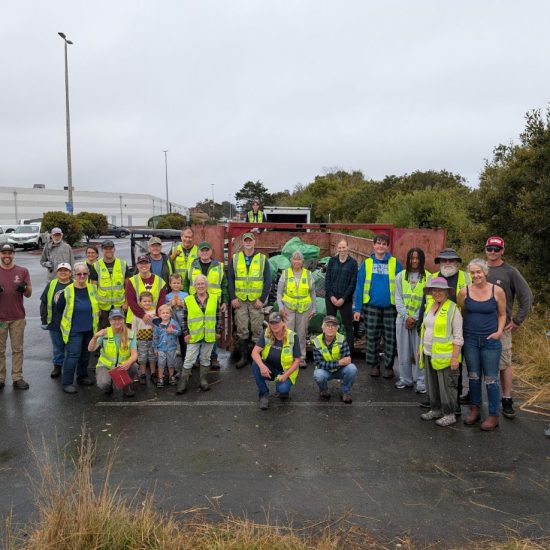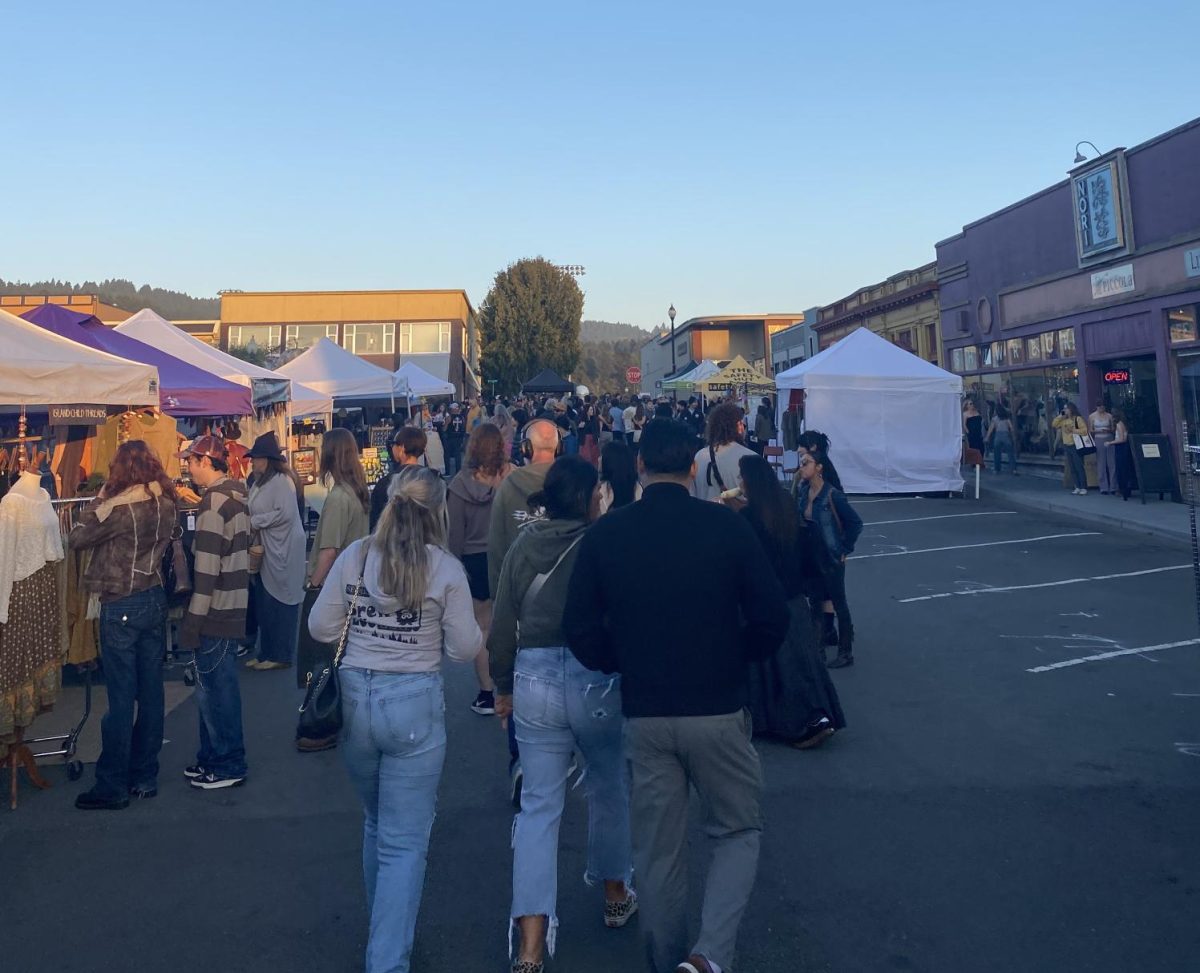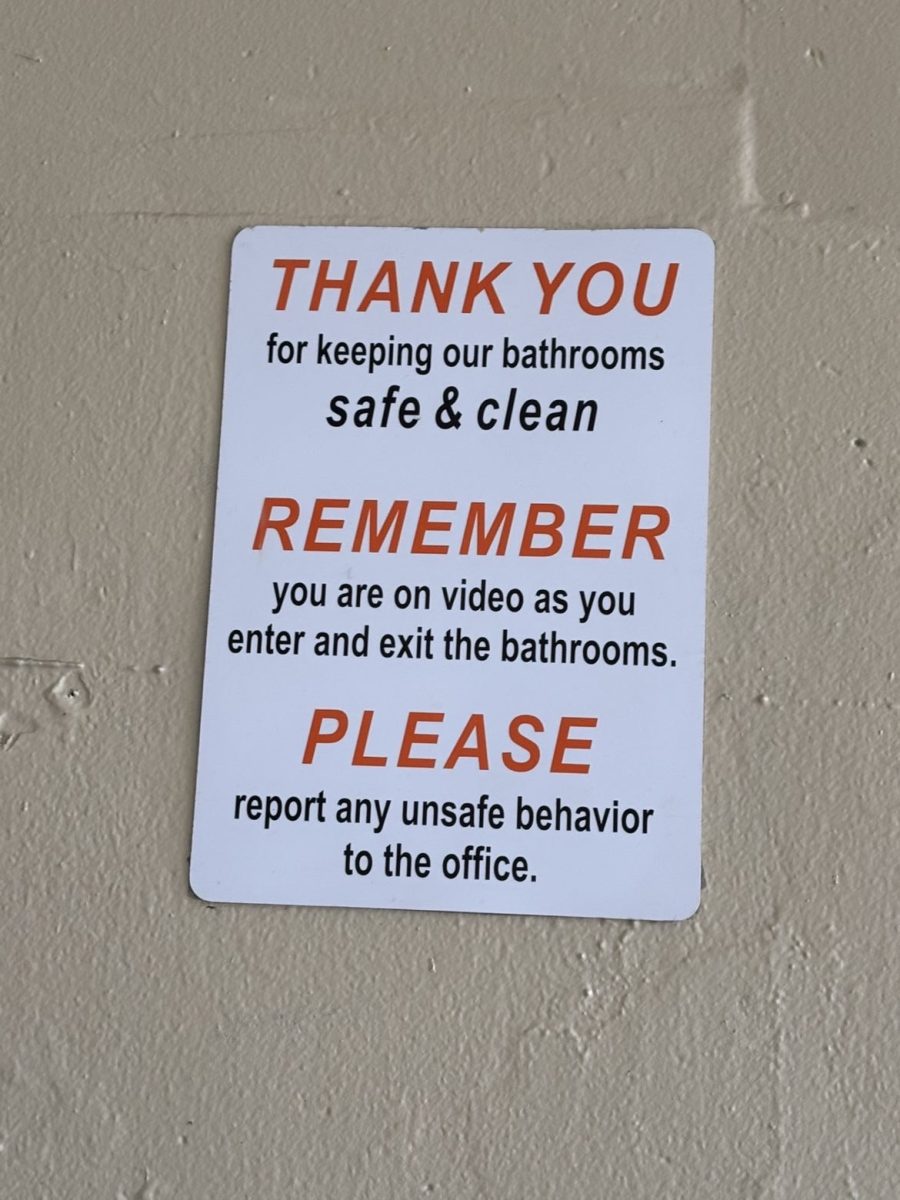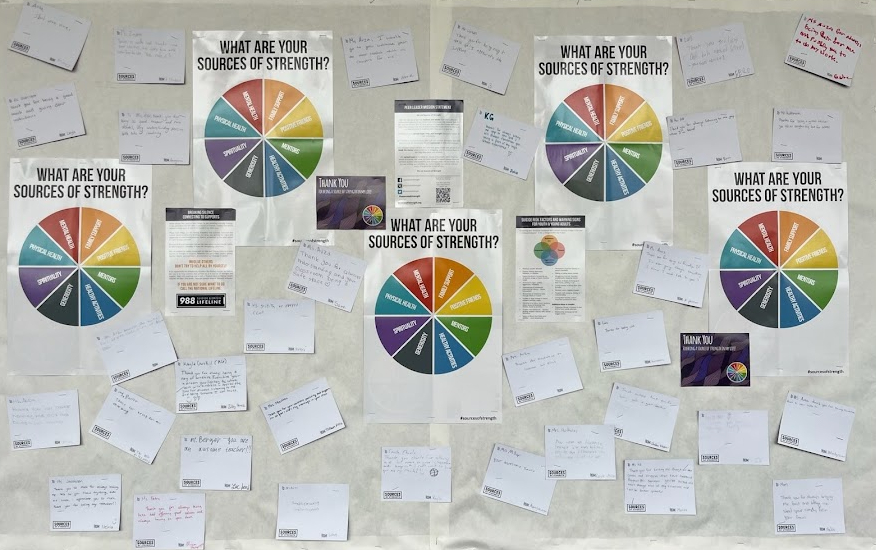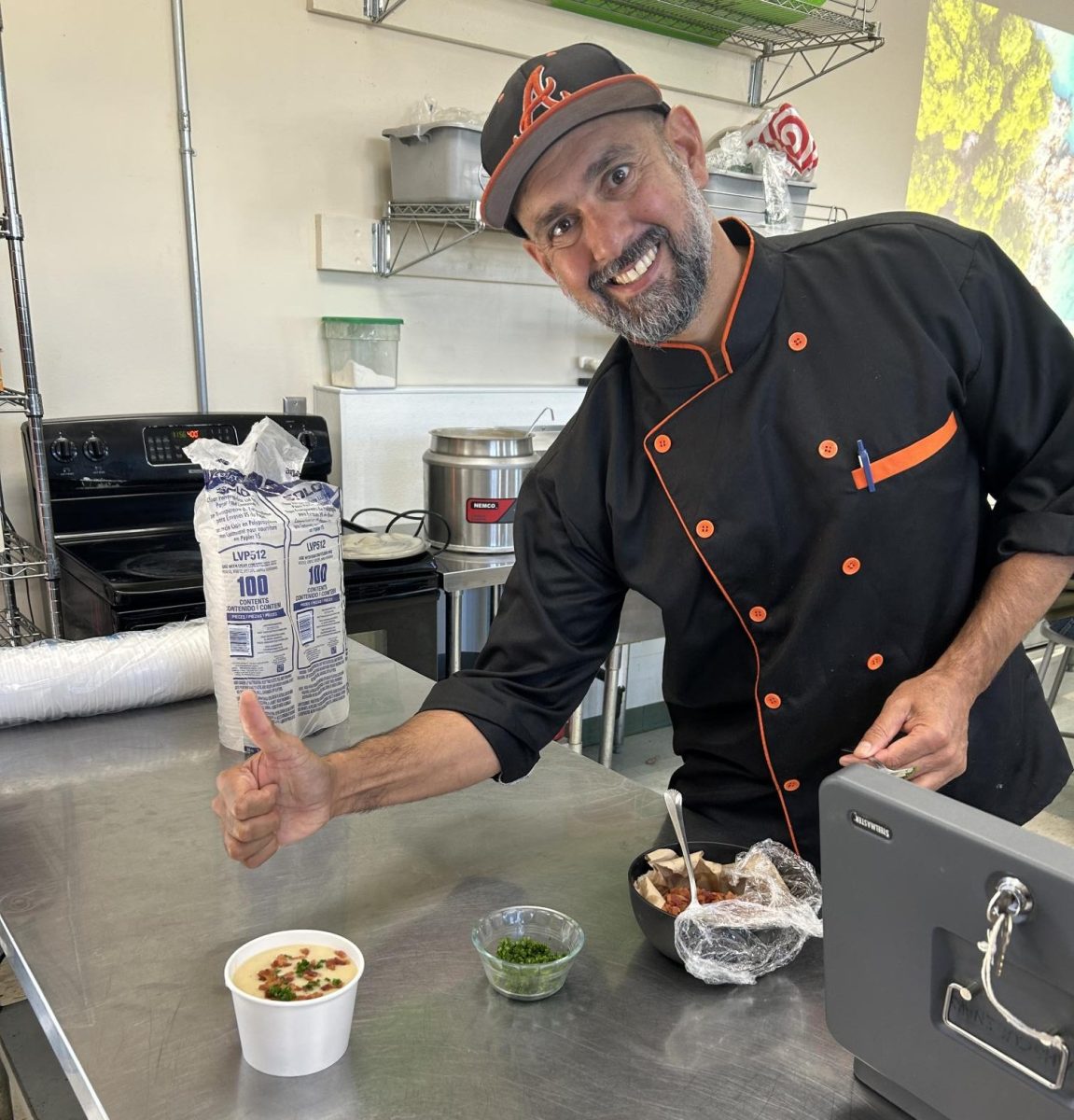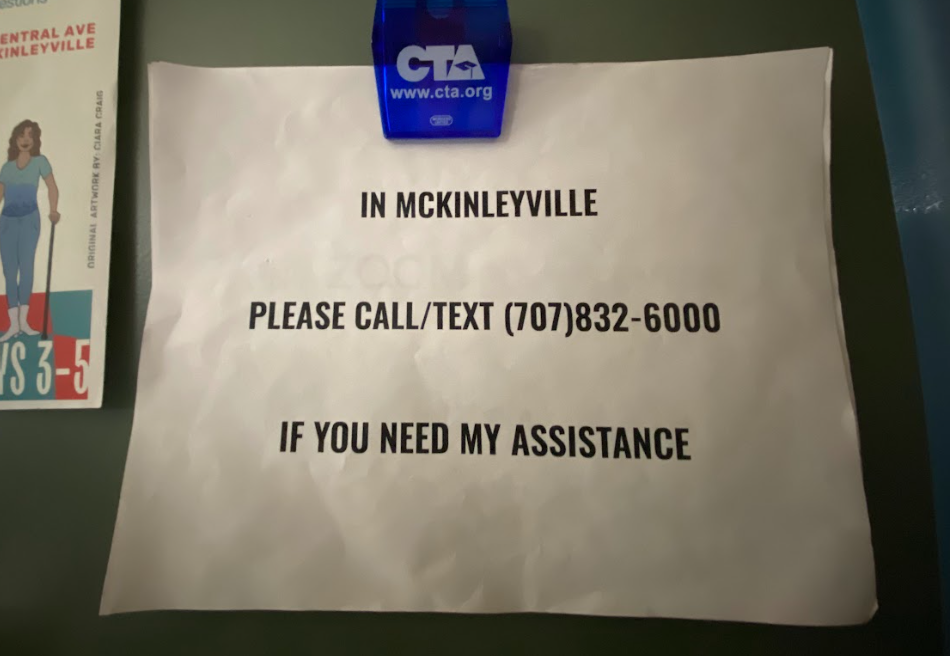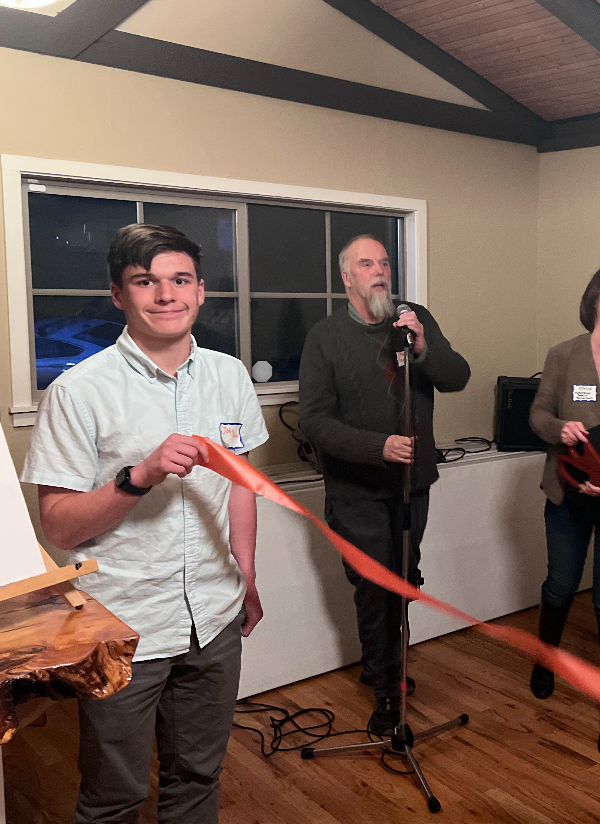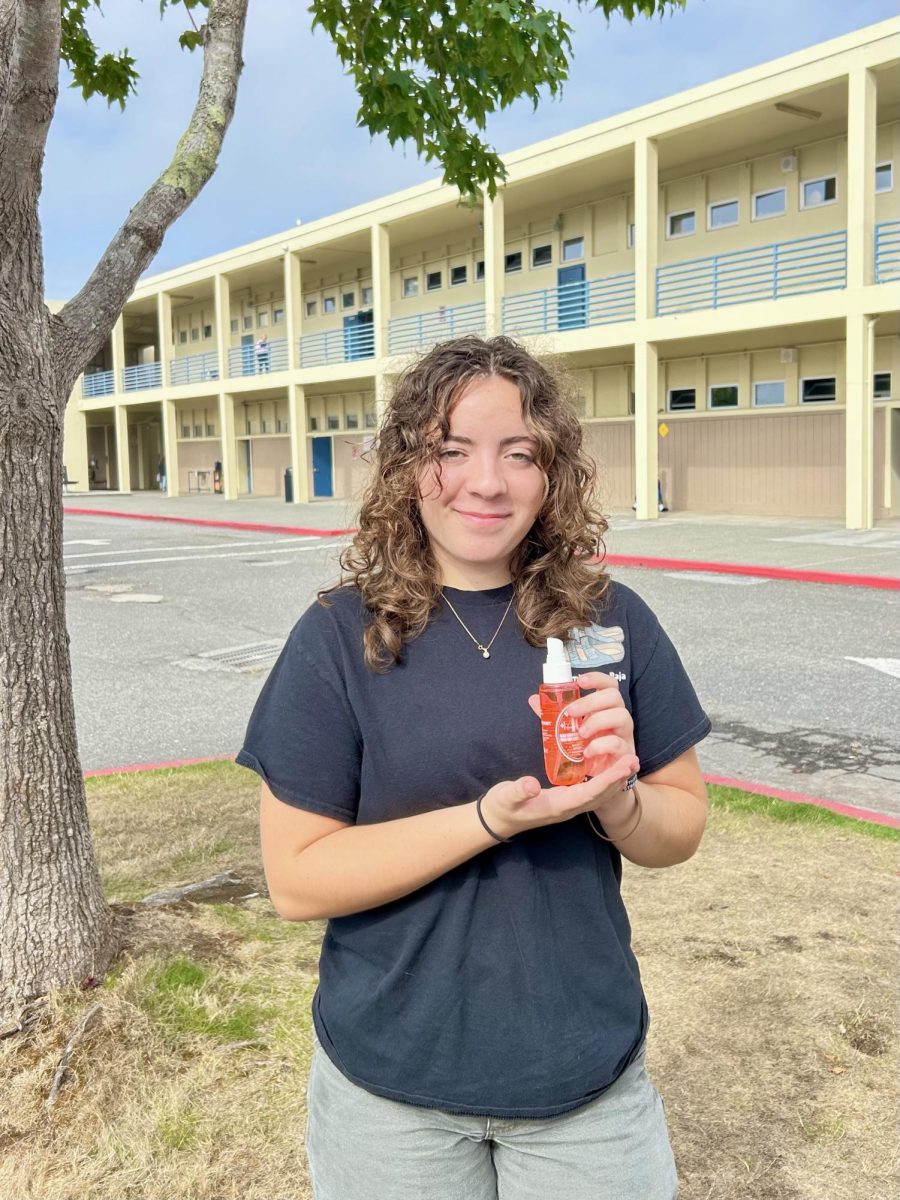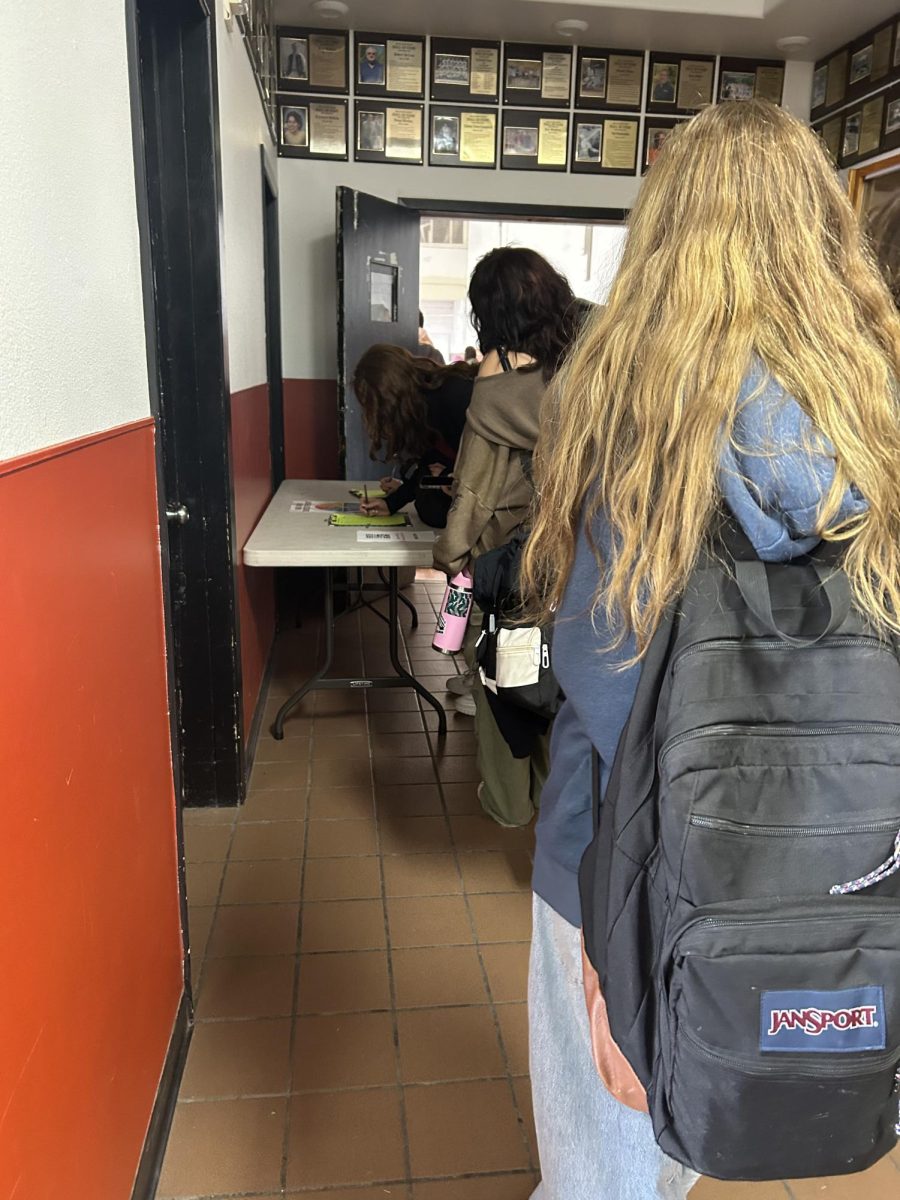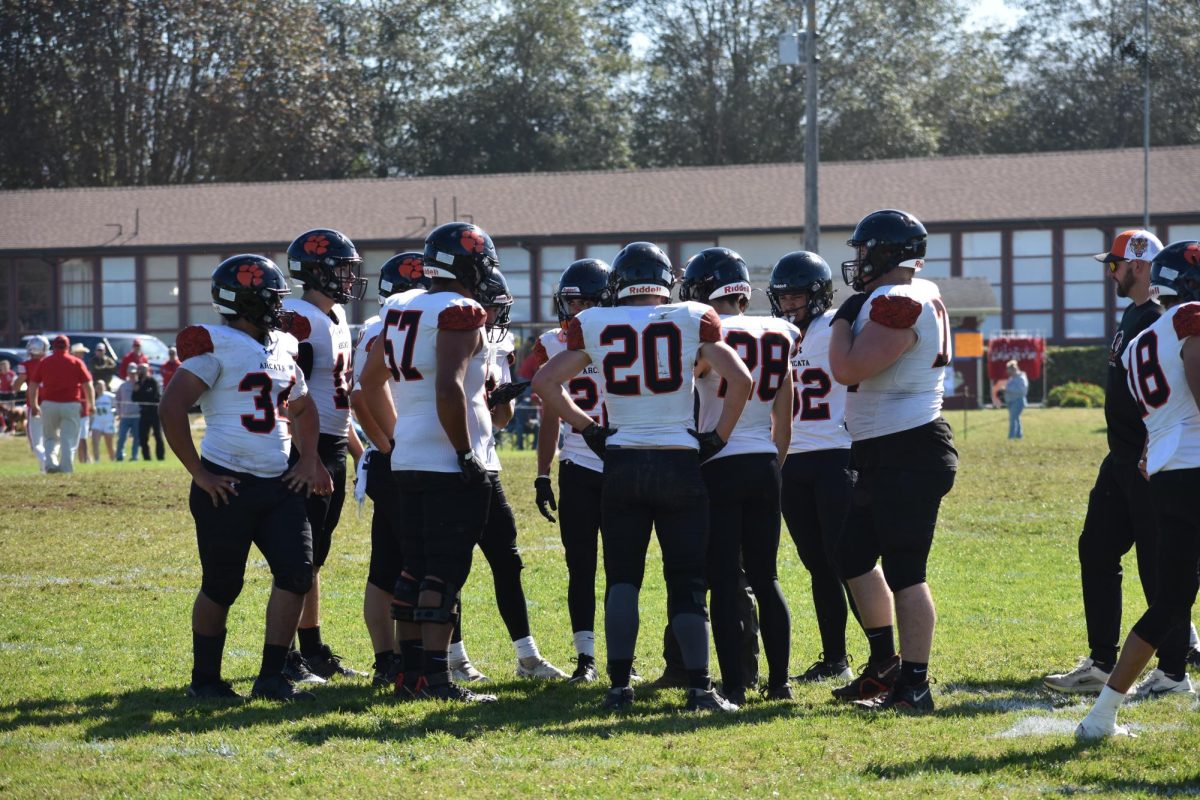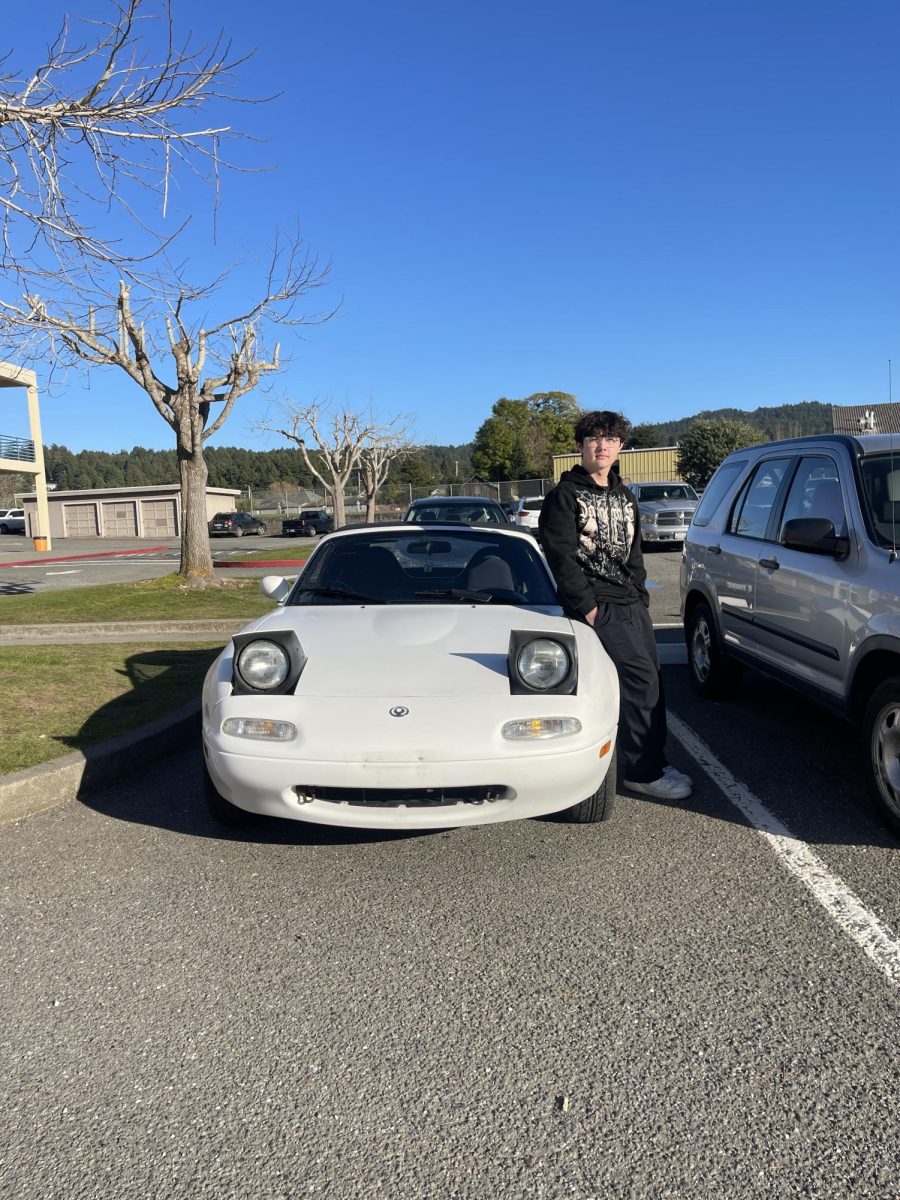The United States has the highest population of incarcerated individuals in the world and the 5th highest incarceration rate in the world. “Tough on crime” laws and profit motives have prioritized punishment over rehabilitation. Additionally, racial disparities have been prevalent in our penal system for a long time. Despite making up just 5.6% of the California population, African Americans make up 28% of the state’s prison population.
Troy Williams is an African American man who was incarcerated from 1986 to 2013. Despite experiencing the issues within California’s prison system, Troy’s story is one of successful reentry into society and serves as a road map for future rehabilitation.
Williams grew up in Los Angeles in South Central, a low-income neighborhood. Surrounded by gang violence, Troy did his best to avoid trouble. However, after a number of fights and attacks, Troy was forced to join a gang for his protection at 14 years old. “As soon as you start joining a gang, you start having behaviors that are really not normal become normal. You started getting like a family with a bunch of misfits,” Williams said.
In 1986, Williams let a fellow gang member and friend borrow his car while Williams was in school. His friend performed a drive-by killing in the car, returned it to Troy, and did not inform him of it. Months later, Williams was pulled over while driving his car, arrested, and charged with murder.
Throughout the case and to this day, Williams has consistently testified that he is innocent. The detectives wanted him to give up gang members and feed the police information, but Troy refused to. “The detectives pretty much told me, ‘Loo,k man, we know you didn’t do this, just tell us who had your car,’ and gave me 48 hours to call. I didn’t call them.”
He knew that the gang would enact retribution, killing him or his family. On regretting his decision, Williams said, “Maybe I did make the wise choice. I mean it cost me a lot of years in the pen, but I’m still here, you know?”
In 1992, Williams and his cellmate were listening to FM radio in Pelican Bay State Prison. They were trying to find a station that wasn’t playing the country music common for the area. From LA, Williams had no interest in this and wanted to hear the music he was familiar with. After fastening wire onto their radio antenna, they were surprised to hear Marvin Gaye coming through.
Broadcasting from KHSU in Arcata was radio host Sharron Fennell, also known as Sista Soul. Coming from the Bronx, Fennell has always had a love for soul and R&B.
Every Friday night, Williams and his cellmate would tune in, adjusting their make-shift antenna until they could hear Fennell’s show. In February 1992, Williams wrote his first letter to Fennell, explaining how much her show meant to him and other inmates.
“I hear your program, and a feeling of nostalgia overcomes me,” Williams wrote. “It sure sounds good and definitely helps to ease the pain.”
This was the first of the hundreds of letters exchanged between Williams and Fennell over the next two and a half decades. Every time Williams would move prisons, Fennell would reach out to his new prison counselor to ensure that he was treated fairly.
“They are afraid of white eyes looking into what’s going on in prison. That’s just the reality of it, they’d kick your ass in there if they thought nobody was going to put up a fight for you,” Williams said.
During his time in the system, Williams worked in many wood and metal shops, learning carpentry, upholstery, masonry, and many other skills. While in prison, he built sidewalks, designed schematics for homes, and even made leather chairs for the Governor of California.
When Fennell first mentioned parole to Williams, he wouldn’t entertain the idea. “It didn’t matter at the time, when you had a life sentence, no matter what the base term is, a life sentence is a life sentence,” Williams said.
However, Fennell helped him craft a portfolio for the review board, utilizing letters of recommendation from teachers and counselors. A letter from his woodshop teacher described him as “one in a thousand.” In 2013, he was approved for parole.
After 27 and a half years behind bars, Troy Williams was finally released from San Quentin State Prison. Sharon’s husband, Michael Fennell, picked Troy up and drove him to their home in Humboldt. As Williams hopped into his car, he grinned and said, “Quick, before they change their mind!”
Williams found it easy to integrate into the society in Humboldt. He worked with Michael’s contracting business for a little while, because he had no tools, and could not afford to buy them straight out of prison. One of his first projects was building his own home on a corner of the Fennell’s property, based on the blueprints he made while in prison.
Over time, Williams was able to hone his skills, purchase equipment and a truck, and work for himself. This year, he got his state contracting license, has an employee working for him, and Williams Carpentry is booked until the end of the year.
Currently, the United States government is moving towards a tough-on-crime stance: lengthening prison sentences, assigning harsher punishments, and increasing deportations. While rehabilitation may not be possible for every imprisoned individual, Troy’s story emphasises the importance of second chances. Each and every individual who is successfully rehabilitated is a major step forward for the progress of society.

